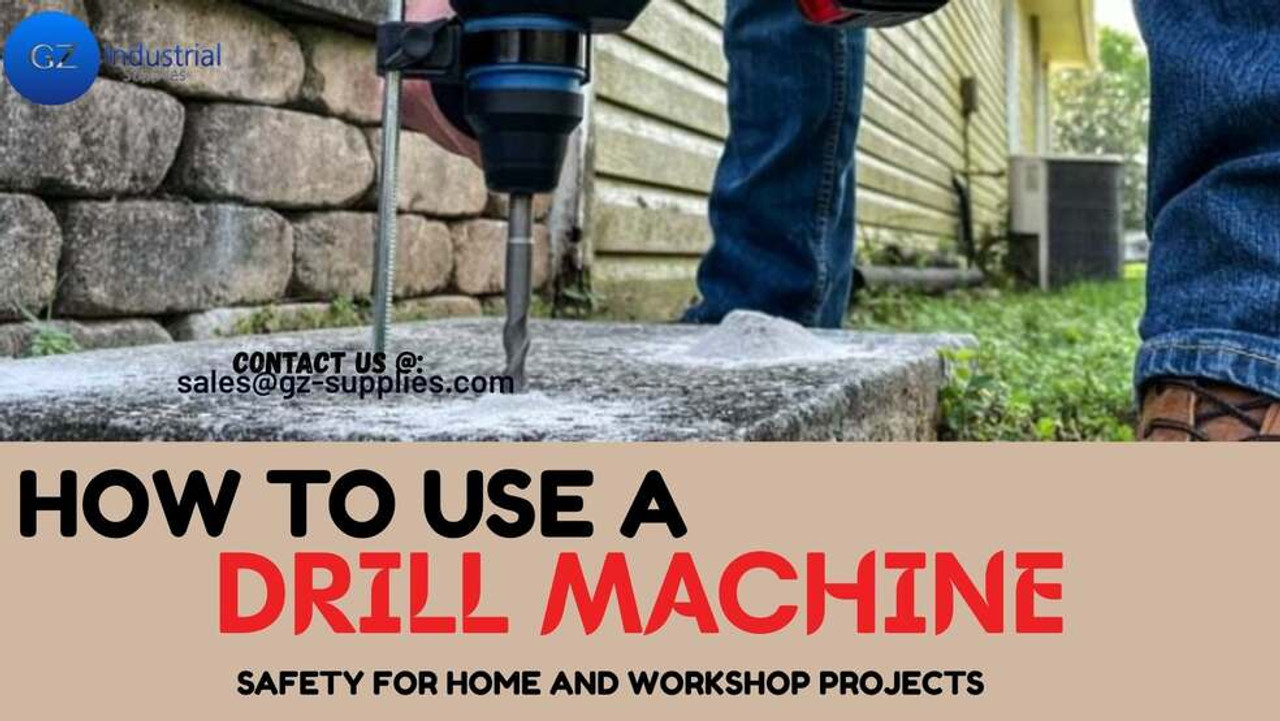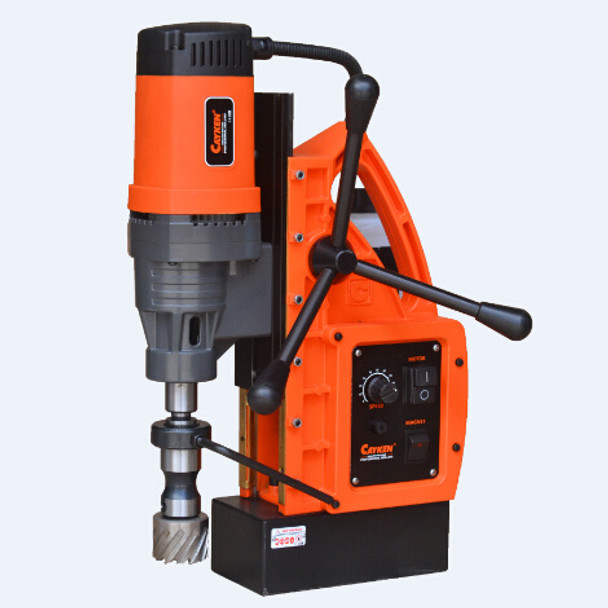How to Use a Drill Machine Safely for Home and Workshop Projects
Introduction
Drill machines are among the most versatile tools used both in Nigerian homes and workshops. From simple DIY projects like hanging shelves to heavy-duty applications in fabrication and carpentry, they make tasks faster, cleaner, and more efficient. However, despite their usefulness, drill machines can be dangerous if used improperly. Mishandling, poor preparation, or skipping protective measures can lead to injuries, equipment damage, or poor-quality work.
This guide will walk you through safe handling techniques, personal protective equipment (PPE), and step-by-step methods to ensure you can confidently use a drill machine at home or in a workshop without compromising on safety.
Key Takeaway
-
Wear proper safety gear – Safety goggles protect your eyes from flying debris, gloves provide grip and reduce vibration impact, and ear protection helps when drilling into tough materials.
-
Secure the work surface – Always clamp or hold materials firmly before drilling. A loose workpiece can cause inaccurate holes or sudden tool kickback.
-
Match the drill bit to the task – Use wood bits for timber, HSS (high-speed steel) bits for metal, and masonry bits for concrete or brick. Using the wrong bit can damage both the material and the drill.
-
Set the right speed and torque – Higher speeds are suitable for softer materials, while lower speeds and higher torque are needed for harder surfaces. Adjusting correctly prevents overheating and breakage.

Understanding Drill Machines
Before you pick up a drill, it’s essential to understand the different types and their parts:
- Corded Drills: Powered directly by electricity, offering consistent power for long projects.
- Cordless Drills: Battery-powered, portable, and convenient for areas without reliable electricity.
- Hammer Drills/Rotary Hammers: Designed for tougher materials like concrete and masonry.
Key Parts of a Drill Machine
- Chuck: Holds the drill bit in place.
- Trigger: Controls speed and drilling action.
- Drill Bit: The cutting tool that penetrates material.
- Handle/Grip: Provides stability while drilling.
- Power Source: Battery pack (cordless) or plug-in cord (corded).
Understanding these basics helps you choose the right drill machine for the job and avoid misuse.
Preparing to Use a Drill Machine
Proper preparation ensures both safety and efficiency. Before you start drilling:
Choose the Right Drill and Bit
- Match the drill bit to the material: wood, metal, concrete, or plastic.
-
Use sharp, undamaged bits to reduce the risk of slipping or overheating.
Check the Power Source
- For corded drills: ensure you have a stable power supply and avoid loose or frayed cables.
- For cordless drills: make sure the battery is fully charged and properly attached.
Inspect the Drill Machine
- Look for cracks, loose parts, or unusual sounds when the drill is switched on.
- Ensure the chuck is tight and secure around the drill bit.
Set Up the Workspace
- Work on a stable, flat surface.
- Ensure good lighting to see markings clearly.
- Clear away clutter and flammable materials.
- Use clamps to hold materials instead of your hands.
By preparing carefully, you reduce the risk of accidents and increase the accuracy of your drilling
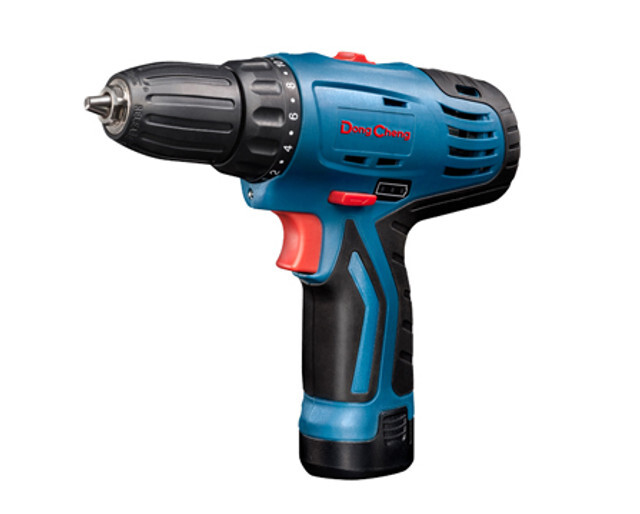
 Cordless Brushless Drill Driver/Hammer Drill Li-ion 12V DCZJ10 Dong Cheng
Cordless Brushless Drill Driver/Hammer Drill Li-ion 12V DCZJ10 Dong Cheng
Personal Protective Equipment (PPE) for Safe Drilling
When working with a drill machine, the right protective gear is just as important as the tool itself. PPE minimizes the risks of injuries caused by flying debris, slipping drill bits, noise, and dust exposure. Here are the essentials every user—whether at home or in a workshop—should have:
Safety Glasses or Goggles
- Protect your eyes from flying wood chips, metal shavings, or concrete dust.
- Wraparound goggles offer better coverage than standard glasses.
Protective Gloves
- Provide grip and protect your hands from sharp edges and vibrations.
- Avoid overly loose gloves that may catch in the spinning drill bit.
Dust Mask or Respirator
- Essential when drilling into wood, cement, or drywall, as these materials release fine dust particles.
- A respirator is recommended for extended drilling in poorly ventilated areas.
Ear Protection
- Drills, especially hammer drills and impact drivers, can generate noise levels that damage hearing over time.
- Use earplugs or earmuffs for longer drilling sessions.
Proper Footwear
- Wear sturdy, closed-toe shoes or work boots to protect your feet from falling tools or heavy materials.
- Avoid sandals or barefoot drilling.
Fitted Clothing
- Loose clothing, jewelry, or dangling accessories can get caught in the drill.
- Opt for snug-fitting workwear that still allows comfortable movement.
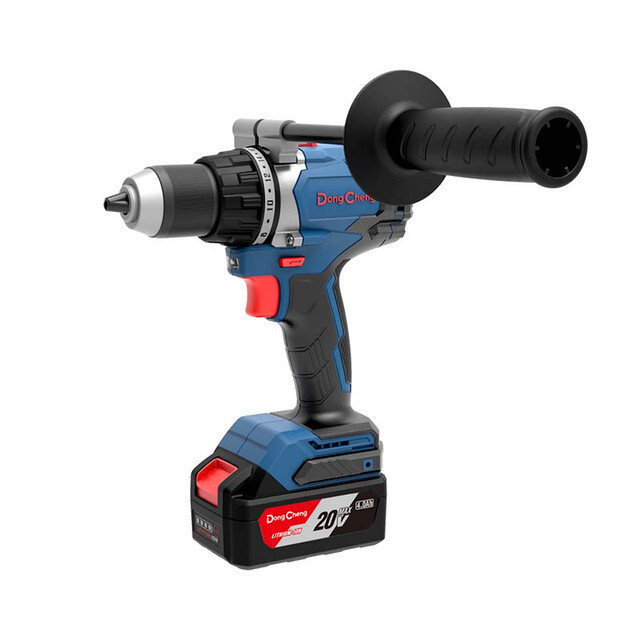
 DongCheng Cordless Brushless Driver Drill DCJZ06-13 (TYPE DM/EM/FK/Z)
DongCheng Cordless Brushless Driver Drill DCJZ06-13 (TYPE DM/EM/FK/Z)
Step-by-Step Guide: How to Use a Drill Machine Safely
Using a drill machine doesn’t have to be intimidating. With the right technique and precautions, you can get professional results while staying safe. Follow these steps:
Mark and Secure Your Workpiece
- Use a pencil or marker to clearly indicate where you want to drill.
- For precision, make a small indentation with a center punch to keep the bit from slipping.
- Secure the material with clamps — never hold it with your hands while drilling.
Select the Correct Drill Bit and Settings
- Match the drill bit to the material (wood, metal, masonry, or plastic).
- For cordless drills, set the torque and speed according to the job. Use lower speeds for metal and higher speeds for wood.
Position the Drill Correctly
- Hold the drill with both hands for maximum control.
- Align the bit perpendicular to the work surface unless you’re intentionally drilling at an angle.
Start Slowly, Then Increase Speed
- Place the bit tip on your marked spot and gently squeeze the trigger.
- Begin drilling at a slow speed to establish the hole, then increase gradually for smoother penetration.
Let the Drill Do the Work
- Apply steady, even pressure — avoid forcing the drill into the material.
- Pull back slightly from time to time to clear dust and reduce heat buildup.
Remove the Drill Bit Carefully
- Once the hole is complete, ease off the trigger and slowly pull the bit out.
- Do not yank or twist the drill suddenly, as this can damage the bit or material.
Monitor for Overheating
- If the drill or bit feels excessively hot, pause to let it cool down.
- Overheating shortens tool life and increases the risk of accidents.
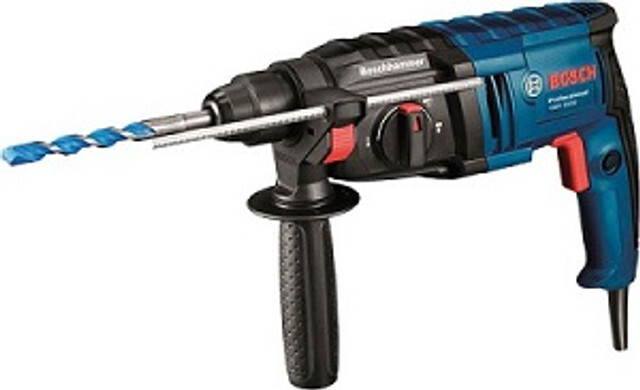
 Bosch GBM 1000 Rotary drilling machine, professional drill.
Bosch GBM 1000 Rotary drilling machine, professional drill.
Common Safety Mistakes to Avoid
Even experienced users can fall into unsafe habits when handling a drill machine. Avoiding these common mistakes will not only protect you from injury but also extend the lifespan of your tool:
Using the Wrong Drill Bit
- Forcing a wood bit into concrete or a metal bit into plastic can cause breakage and accidents. Always match the bit to the material.
Applying Excessive Force
- Many beginners think pressing harder makes drilling faster. In reality, it increases the risk of slipping, overheating, or snapping the bit. Let the drill do the work.
Holding the Workpiece by Hand
- One of the most dangerous mistakes. Workpieces should always be clamped down securely to prevent sudden movement while drilling.
Ignoring Hidden Hazards
- Drilling into walls without checking for electrical wires or plumbing can cause electrocution or flooding. Use a detector when working on walls.
Skipping PPE
- Drilling without goggles, gloves, or proper footwear exposes you to flying debris, sharp fragments, and falling materials.
Wearing Loose Clothing or Jewelry
- Dangling items can easily get caught in a spinning drill, leading to serious injuries. Always dress appropriately before drilling.
Overheating the Drill
- Running the drill non-stop without breaks can overheat the motor or dull the bit. Take pauses during long jobs to cool both machine and bit.
After-Use Safety and Maintenance
Taking care of your drill machine doesn’t end when the hole is drilled. Proper shutdown and maintenance practices ensure the tool lasts longer, performs reliably, and stays safe for the next project.
Power Down Safely
- For corded drills, switch off and unplug immediately after use.
- For cordless drills, release the trigger, switch off, and remove the battery pack before storage.
Clean the Drill and Bits
- Wipe down the drill body with a dry cloth to remove dust and debris.
- Brush or blow out any particles stuck near the chuck or motor vents.
- Remove the drill bit and clean it thoroughly; store bits separately to avoid rusting.
Check and Lubricate Moving Parts
- Inspect the chuck and trigger mechanism for smooth operation.
- Apply a small amount of machine oil to the chuck if it feels stiff.
- Keep vents clear to prevent overheating.
Store in a Safe, Dry Place
- Use the drill’s carrying case or a toolbox to protect it from dust and moisture.
- Avoid leaving it in damp or exposed environments, which can cause rust and electrical issues.
- Store batteries (for cordless drills) in a cool, dry location away from direct sunlight.
Periodic Inspections
- Regularly check cords for frays and replace worn batteries before they become a hazard.
- Replace dull or bent drill bits promptly to avoid overloading the motor.
- Schedule occasional servicing for drills used heavily in workshops.
Frequently asked questions
1. How much pressure should I apply when drilling?
Apply steady, gentle pressure. Let the drill and bit do the cutting — forcing it may cause slipping or breakage.
2. Can I use a cordless drill for heavy-duty projects?
Yes, but ensure it has a strong battery (18V–20V or higher) and the correct drill bit. For concrete or prolonged drilling, a hammer drill or corded model is better.
3. How do I know if my drill bit is worn out?
Worn bits appear dull, produce excessive heat, or take longer to penetrate material. Replace dull bits immediately to prevent accidents.
4. Is it safe to drill into walls at home?
Yes, but always check for hidden electrical wires or pipes with a wall detector before drilling. Avoid guessing or drilling blindly.
5. Do I always need protective gear for small DIY tasks?
Even for light drilling, safety glasses and gloves are strongly recommended. Small chips and dust can still cause injury.
Related Article
Step-by-Step Guide: How to Operate a Drilling Machine Safely
Conclusion
Drill machines are essenial tools for both home projects and workshop tasks, but their efficiency comes with risks if not handled properly. By understanding your drill, preparing your workspace, wearing the right PPE, and following safe drilling techniques, you can ensure both precision and protection. Avoiding common mistakes and practicing regular maintenance will keep your drill in top condition and extend its lifespan.
Safety is not optional, whether you’re a beginner hanging shelves at home or a professional fabricator in a workshop, safe usage is what ensures quality results without accidents.
Ready to upgrade your toolkit with reliable, safe, and durable drilling machines? Shop genuine drill machines and accessories today from GZ Industrial Supplies. Enjoy nationwide delivery, expert support, and trusted brands tailored to your project needs.
Contact: 08053390129

